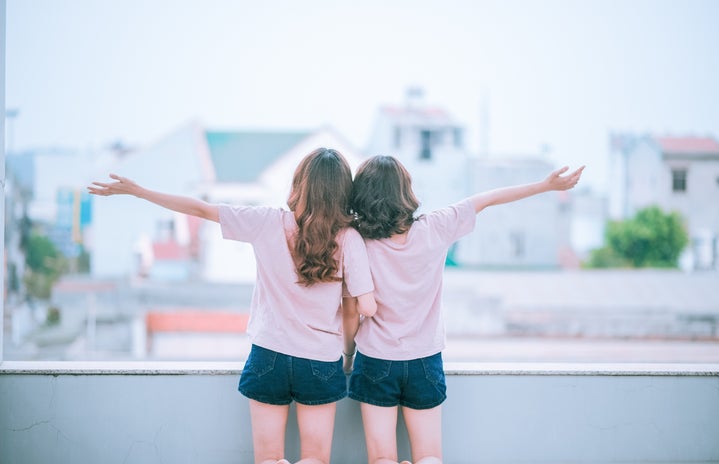It’s 2017 and I am back at UVA for my final year of college. After spending the summer in New York City, I thought I would be more than prepared for anything Cville had to throw at me. These first few weeks back have shown me that my perception of the safety of a college town might just be that, a perception.
While New York City is statistically more dangerous, I felt safer when I was there. I could always count on young women on the subway to look out for each other late at night and living in the city that never sleeps meant I rarely found myself walking down a street that wasn’t populated with at least a few other people, regardless of the hour.
(photo courtesy of pexels.com)
In Charlottesville, it’s a different story. I find myself walking alone more often than not and the lack of hustle and bustle means that once night falls, it falls hard. In New York, I could take the subway everywhere, nowhere I needed to go was too far from a stop. Here, I rely partially on the bus system but walking is usually quicker and provides me with some much needed exercise. With that being said, I live on a street without streetlights and sometimes the walk home, even if it’s just from the library and it’s before 10PM, can seem unsettling as I turn off of UVA property and find myself plunged into near-total darkness. I can’t say that this normally bothers me, I know the area well. But in the less than three weeks that I’ve been back, walking alone has seemed to turn me into the perfect catcalling target for cars full of young men.
While New York City is in no way some idyllic world where catcalling does not occur, I can’t recall many times I had to deal with it this summer. In New York, a man who makes a rude comment to me on the street is someone I instantly pass and hardly give a second thought to. He will call out to me and every other girl after me. Though catcalling is still a form of harassment, the frequency and the generic nature of the comments in New York seemed to dilute the effect, at least for me personally.
In Charlottesville, when I’ve recently been catcalled I was only person on the street, making it feel oddly personal. Beyond that, the perpetrators outnumbered me and chose to make their comments from a passing car. Maybe for them, being in a passing car made it seem less serious. For me, this kind of harassment carries with it a special type of terror where I have to worry if I’ll safely make it home before the car comes back. Having talked this out with multiple friends throughout my time at the University, I still can’t understand the appeal of catcalling from the perpetrators’ perspective. I also can’t help but wonder if these are my fellow classmates who leer out of car windows and frighten girls on their way home.
For men who really don’t get it, being catcalled is not endearing or a “compliment” to woman and the chances of this being some sort of successful way to pick up woman is beyond my mental capacity. If you are still confused about this, I would suggest checking out the #NoWomanEver hashtag on twitter.
(photo courtesy of huffingtonpost.com)
While women may be able to poke fun at the ridiculousness of catcalling, street harassment can cause real emotional and psychological effects. The anti-harassment group iHollaback partnered with Cornell University in a large-scale research survey on street harassment starting in 2014 and the results of the study while frankly, pretty frightening, will not seem anything new to most women these days.(photo courtesy of iHollaback.org)
For 85% of women in the United States, their first time experiencing street harassment occurred before their 17th birthday. Before these women were out of their teens, or even considered legal adults, they had to navigate lewd comments from strangers at best and unwanted physical advances at worst. For women across the globe, most of them experienced street harassment for the first time between the ages of 11 and 17, and for some it started even earlier.

